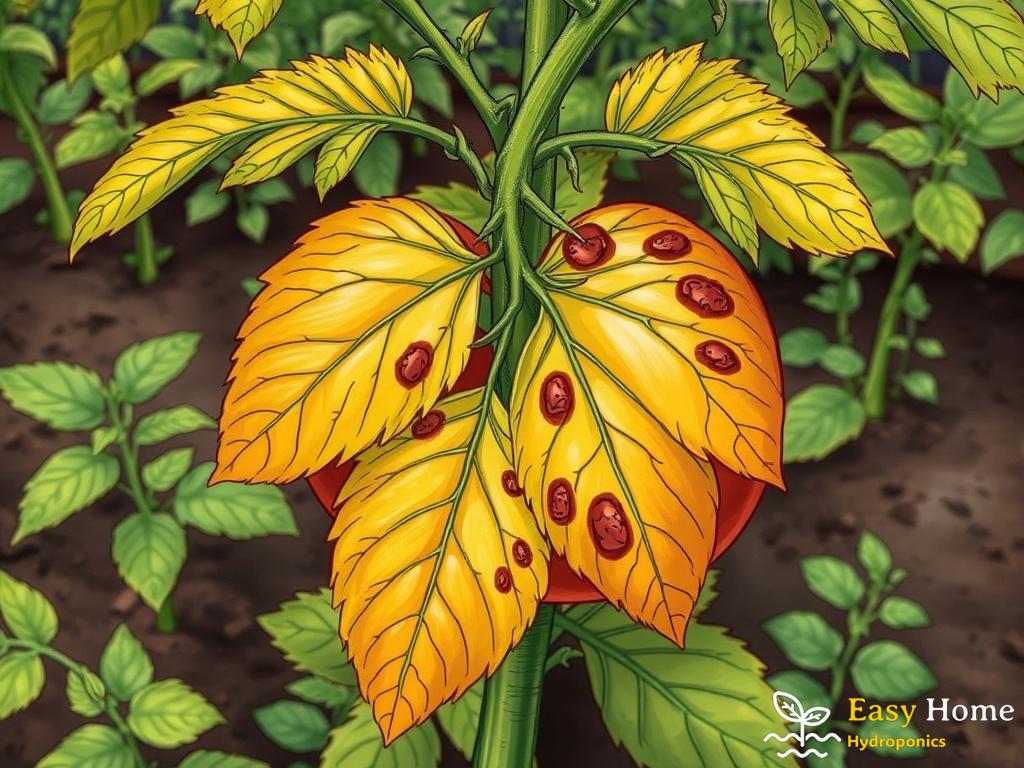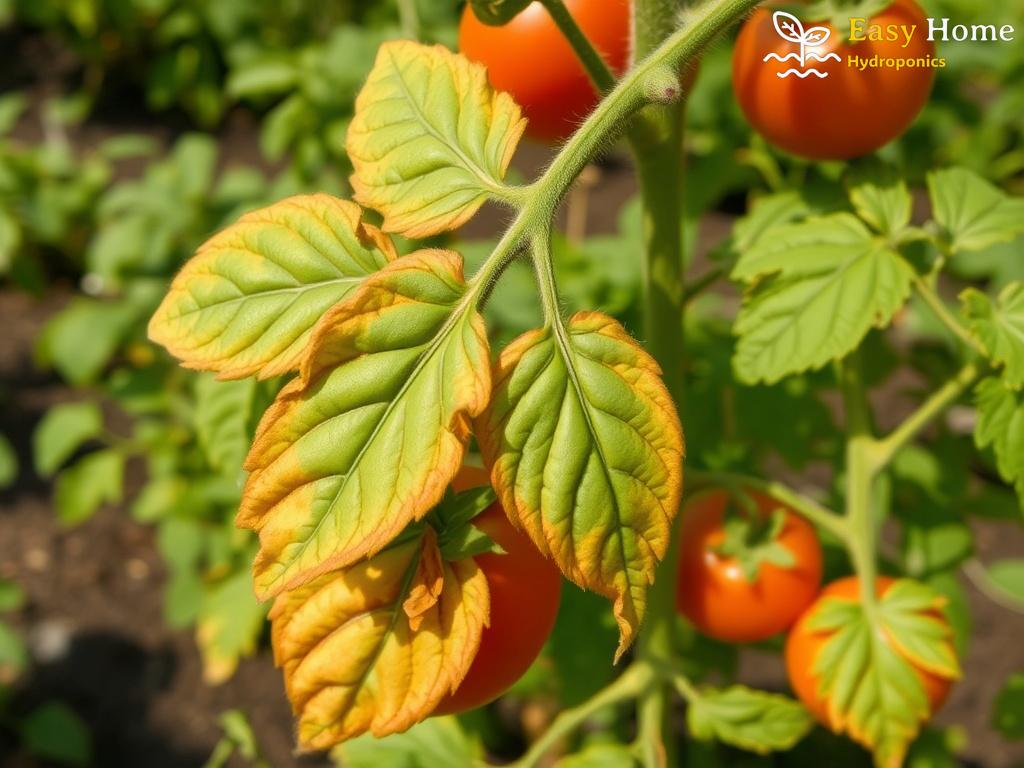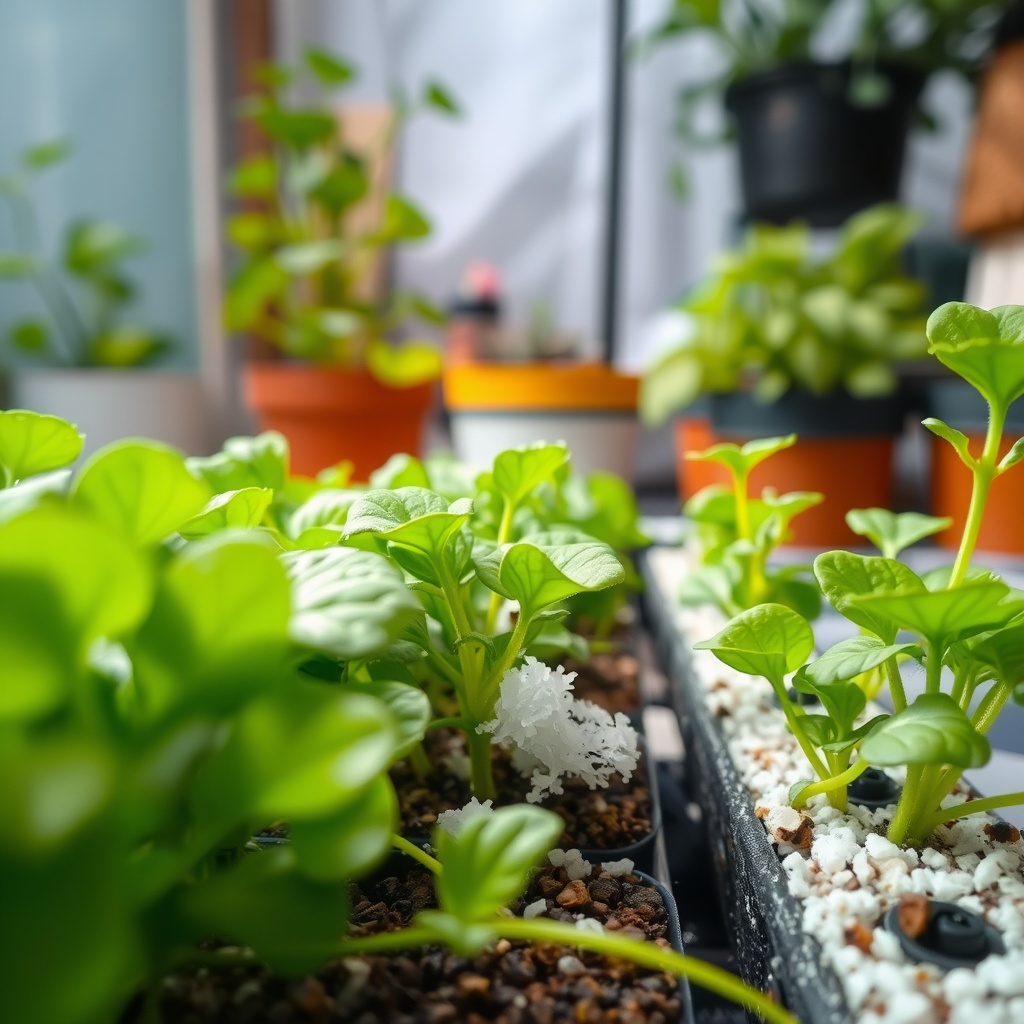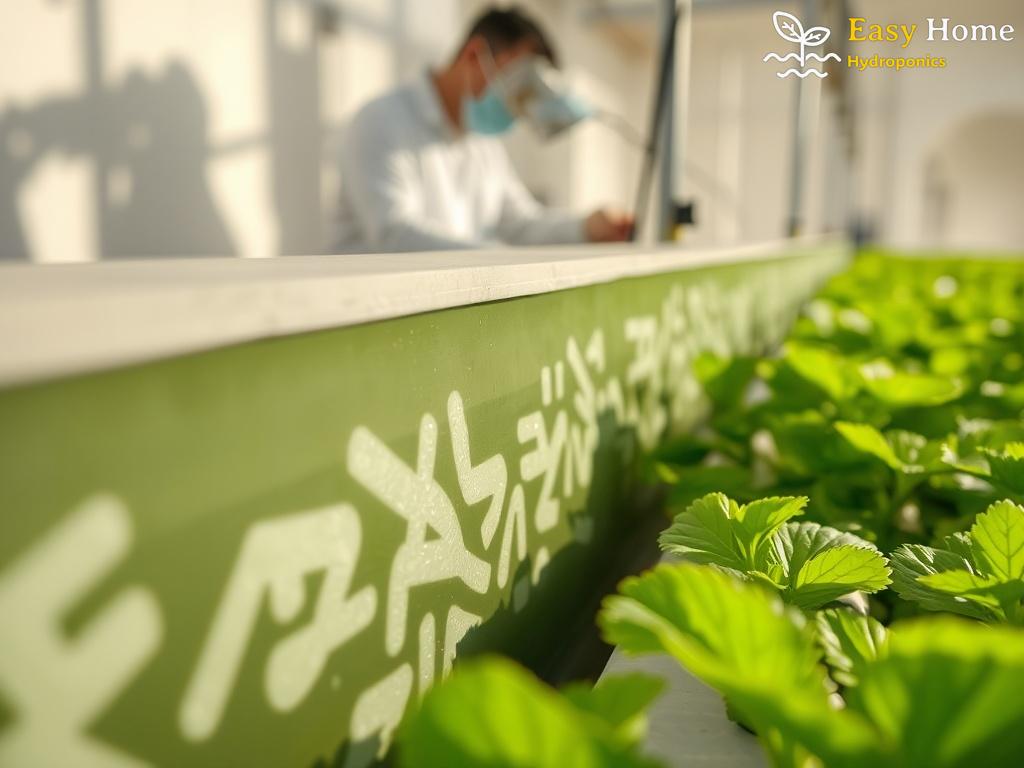Understanding Tomato Spotted Wilt Virus

The Tomato Spotted Wilt Virus (TSWV) is more than just a pesky plant ailment; it’s a formidable challenge for gardeners and farmers alike. As one of the most devastating viral diseases affecting solanaceous crops, TSWV has the potential to ruin entire harvests, leading to significant economic losses. Understanding this virus is crucial for effective management and prevention strategies. Let’s delve deeper into the characteristics of TSWV and how it affects your beloved tomatoes.
TSWV is primarily spread by thrips, tiny insects that are often overlooked until it’s too late. Once infected, plants exhibit a range of symptoms that can easily be mistaken for other issues, making early detection a challenge. The virus leads to a variety of symptoms including stunted growth, leaf discoloration, and the infamous spots that give the virus its name. Recognizing these signs early can be the difference between saving your plants and losing your entire crop.
| Symptom | Description |
|---|---|
| Leaf Spots | Distinctive dark brown to purple spots on leaves. |
| Stunted Growth | Plants fail to reach their full height and vigor. |
| Fruit Deformities | Tomatoes may develop irregular shapes and sizes. |
While the threat of TSWV may seem daunting, there are effective strategies to mitigate its impact. Understanding the lifecycle of the virus and its vector—the thrip—is essential in crafting a robust defense plan. Here’s a concise list of actions you can take to protect your plants:
- Plant Resistant Varieties: Choose tomato varieties that are known to be resistant to TSWV.
- Implement Pest Control: Regularly monitor and control thrip populations using appropriate insecticides or natural predators.
- Practice Crop Rotation: Rotate crops to break the cycle of infection and reduce the risk of TSWV spreading.
- Remove Infected Plants: Promptly remove and destroy infected plants to prevent the virus from spreading.
By adopting these strategies, gardeners can substantially reduce the risk posed by TSWV and ensure a healthier, more productive garden.
Identifying Symptoms Early
When it comes to safeguarding your garden against the Tomato Spotted Wilt Virus (TSWV), early detection is your best ally. The faster you can spot the warning signs, the better equipped you will be to act decisively and protect your precious plants. TSWV is notorious for mimicking other common issues, which often leads to misdiagnosis. This makes awareness and vigilance essential for any gardener aiming to keep their crops healthy and thriving.
One of the first indicators of TSWV infection is leaf spots. These aren’t just any spots; they present as distinctive dark brown to purple blotches on the foliage, which can easily be mistaken for nutrient deficiencies or other diseases. As the virus progresses, you might notice stunted growth in your tomato plants, where they struggle to reach their full potential. This is often coupled with another worrying sign: fruit deformities. Your tomatoes may develop irregular shapes and sizes, making them not only less appealing but also potentially less marketable.
To help you recognize these symptoms effectively, take a look at the table below:
| Symptom | Description |
|---|---|
| Leaf Spots | Dark brown to purple spots appearing on leaves |
| Stunted Growth | Plants exhibit reduced height and vigor |
| Fruit Deformities | Irregular shapes and sizes in tomatoes |
Understanding these symptoms is imperative, but knowing when to act is equally critical. Regular monitoring of your plants, especially during the active growing season, can be a game-changer. By keeping a close eye on your crops, you can catch these symptoms in their infancy, preventing the virus from spreading unchecked.
Effective Control Strategies
The battle against the Tomato Spotted Wilt Virus (TSWV) is one that many gardeners find themselves facing. However, with the right knowledge and proactive measures, it is a fight that can be won. Implementing effective control strategies is essential not only for managing existing infections but also for preventing future outbreaks. By understanding the nature of TSWV and its vectors, gardeners can devise a comprehensive plan to protect their crops and ensure a bountiful harvest.
A multifaceted strategy that combines both biological and chemical controls can significantly enhance your defense against TSWV. Biological control involves the use of natural predators, like ladybugs and lacewings, which feed on thrips, the primary vectors of TSWV. These beneficial insects can help keep pest populations in check. Meanwhile, judicious use of insecticides can target thrips without harming these helpful allies. It is crucial to select products that are specifically effective against thrips while being safe for beneficial insects, thus maintaining a balanced ecosystem in your garden.
Regular monitoring is an indispensable part of any successful control strategy. Gardners should inspect their plants frequently, particularly during the growing season when TSWV symptoms can first appear. It is equally important to create an environment that discourages thrips from thriving. This means practicing good sanitation by removing debris and weeds that can harbor pests, as well as employing physical barriers such as row covers to protect young plants. Additionally, maintaining optimal plant health through proper watering, fertilization, and spacing can bolster plants’ natural defenses against viral infections.
Ultimately, addressing Tomato Spotted Wilt Virus problems requires an informed and proactive approach. By integrating various control strategies—both biological and chemical—monitoring plants closely, and optimizing the growing environment, gardeners can significantly reduce the impact of TSWV. Remember, the key to a thriving garden lies not only in combating diseases but also in fostering resilience against future threats. Stay vigilant, stay informed, and your garden will flourish despite the challenges posed by TSWV.
Preventive Measures for Future Crops
As gardeners gear up for the next planting season, it’s essential to consider proactive measures to safeguard future crops from the Tomato Spotted Wilt Virus (TSWV). Prevention is always better than cure, especially when dealing with a virus that can wreak havoc on your tomato plants. By implementing a strategic approach, you can enhance your garden’s resilience and ensure a flourishing harvest.
One of the most effective ways to prevent TSWV is to equip yourself with the right knowledge about the virus and its vectors. This means staying informed about the latest research and best practices in pest management. Additionally, investing in quality seeds and young plants that are known to be resistant to TSWV can provide an extra layer of defense. Healthy plants are less susceptible to viral infections, so choose varieties that have demonstrated resilience against TSWV and other common diseases.
Since thrips are the primary vectors for TSWV, taking steps to create an environment that deters these pests is crucial. Regularly monitor your garden for signs of thrips and other pests, and employ preventive measures such as:
- Debris Management: Keep your garden tidy by removing plant debris and weeds that can harbor pests.
- Row Covers: Use lightweight row covers to protect young plants from thrips while allowing sunlight and moisture to penetrate.
- Companion Planting: Introduce companion plants that repel thrips or attract their natural predators to create a balanced ecosystem.
By taking these steps, you can significantly reduce the likelihood of TSWV infiltrating your garden in the future. Remember, a little prevention goes a long way in maintaining a healthy and productive tomato crop.
The Role of Resistant Varieties
When tackling the pervasive threat of Tomato Spotted Wilt Virus (TSWV), one of the most effective strategies lies in selecting resistant plant varieties. By choosing tomatoes that have been bred specifically for their ability to withstand this viral menace, gardeners not only protect their current crops but also lay the groundwork for healthier gardens in the future. The role of resistant varieties is multifaceted, offering a proactive measure against TSWV while enhancing overall garden resilience.
Resistant varieties serve as a robust line of defense against TSWV. By having genetic traits that allow them to either repel the virus or reduce its impact, these plants can thrive even in the presence of thrips, the primary vectors of TSWV. This not only helps in maintaining a healthy yield but also minimizes the need for chemical interventions, promoting a more sustainable gardening approach.
Investing in resistant tomato varieties brings a host of advantages that can transform your gardening experience. Here are some notable benefits:
- Improved Yield: Resistant varieties are less likely to succumb to TSWV, which means healthier plants that can produce more fruit.
- Reduced Chemical Usage: With plants that are naturally resistant, the reliance on pesticides and herbicides diminishes, fostering a healthier ecosystem.
- Long-Term Sustainability: Choosing resistant varieties contributes to the overall biodiversity of your garden, ensuring that future generations of plants can thrive.
With numerous options available, selecting the right resistant tomato varieties can be daunting. Here’s a handy comparison table of some popular resistant varieties, highlighting their strengths:
| Variety Name | Resistance Traits | Flavor Profile | Growth Habit |
|---|---|---|---|
| Celebrity | Resistant to TSWV and other common diseases | Rich and tangy | Determinate |
| Sun Gold | Highly resistant to TSWV | Sweet and fruity | Indeterminate |
| Brandywine | Moderate resistance to TSWV | Complex and sweet | Indeterminate |
When selecting resistant varieties, consider factors such as your local climate, soil conditions, and the specific challenges you face in your garden. Engaging with local gardening communities or extension services can also provide invaluable insights into the best varieties suited for your area.




